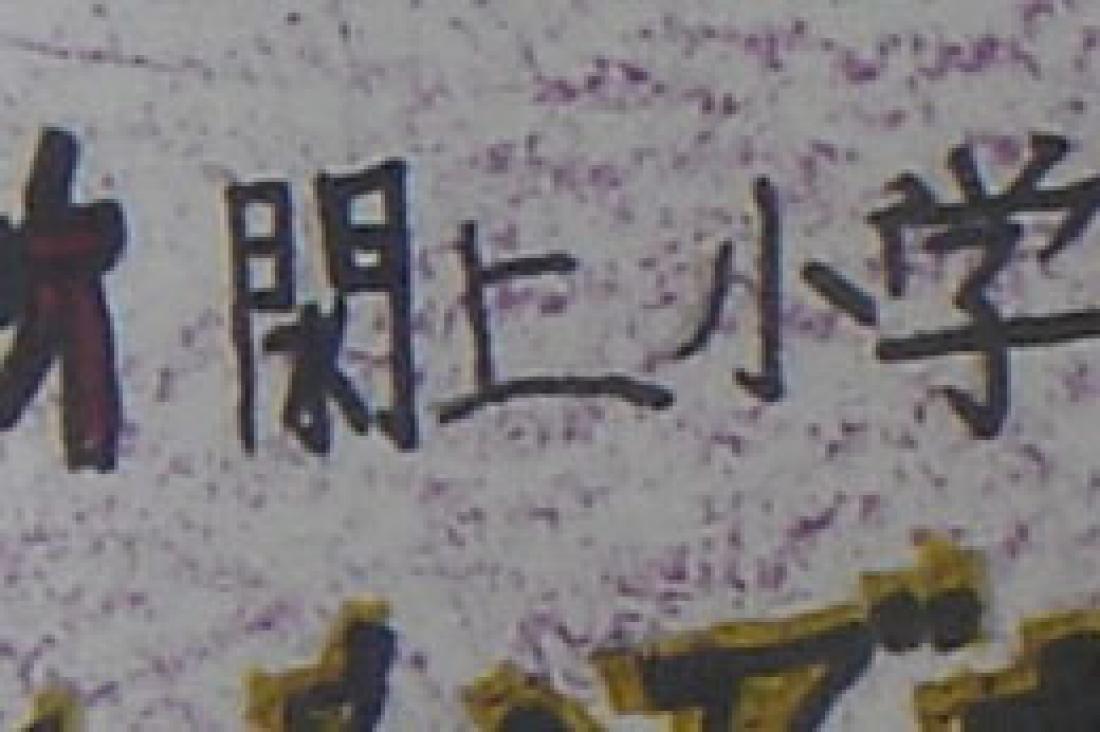Yuriage (閖上) in Miyagi prefecture.
Tragic disasters are occurring one after another. Landslides, such as the one in Asaminami-ku, Hiroshima, take many precious lives. After that, a TV program reported that Jourakuji (上楽寺) in the Yagi (八木) area was originally called Jarakuji (蛇落地, or, a place where snakes fall), and Ashiya (芦谷) was Ashidani (悪谷, or, a bad valley). This report triggered an argument about whether the landslide was a man-made or natural disaster. People searched the Internet for folklore or literature from which those traditions were derived, but seemingly failed to find clear sources. Some consider, however, that yagi is also a place name signifying land collapse. This reminds me of a bluff called Yagigahana (八木ヶ鼻) in Sanjo, Niigata prefecture, which Dr. Tetsuji Morohashi believed to be a scene in Journey to the West when he was a child. [...]
Continue reading on Waseda Online below.
ABOUT THE AUTHOR
Hiroyuki Sasahara
Professor, Faculty of Social Sciences, Waseda University
[Profile]
The author was born in Tokyo in 1965. He studied Chinese language at the School of Letters, Arts and Sciences I, Japanese language at the Graduate School of Letters, Arts and Sciences, and earned his PhD in Literature at Waseda University. His research involves kanji characters, letters, and notations based on various materials ranging from ancient epigraph to modern Internet texts. He was involved in tasks for revising JIS kanji characters with the Ministry of Economy, Trade and Industry, Kanji Designated for Personal Names with the Legislative Council of the Ministry of Justice, and National List of Chinese Characters in Common Use with the Council for Cultural Affairs of the Ministry of Education, Culture, Sports, Science and Technology. Following posts as a full-time lecturer at Bunka Women’s University, senior researcher at the National Institute for Japanese Language and Linguistics, and associate professor at Faculty of Social Sciences, Waseda University, he was appointed as a professor on the Faculty of Social Sciences at Waseda University in 2007. His main works include Kanji in Japan [Nihon no Kanji] (Iwanami Shinsho, January 2006); Story about Kun reading: Kanji Culture and Japanese Language [Kun-yomi no Hanashi: Kanji Bunka to Nihongo] (Kadokawa Sophia Bunko, April 2014); and History of Kanji [Kanji no Rekishi] (Chikuma Primer Sensho, September 2014). He was awarded the 35th Dr. Kyosuke Kindaicih memorial prize for Phase and Development of Japanese Characters [Kokuji no Isō to Tenkai] (Sanseido, March 2007).



